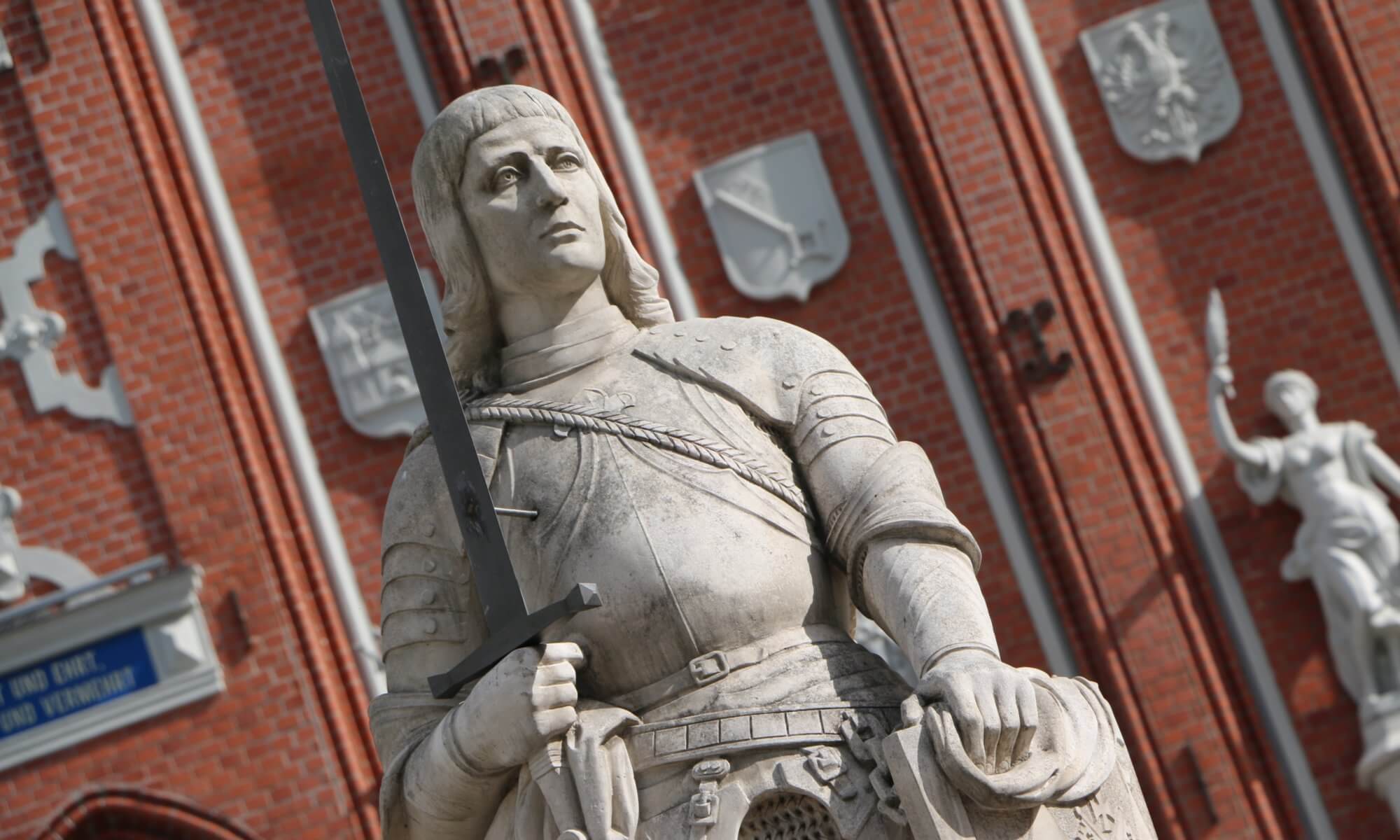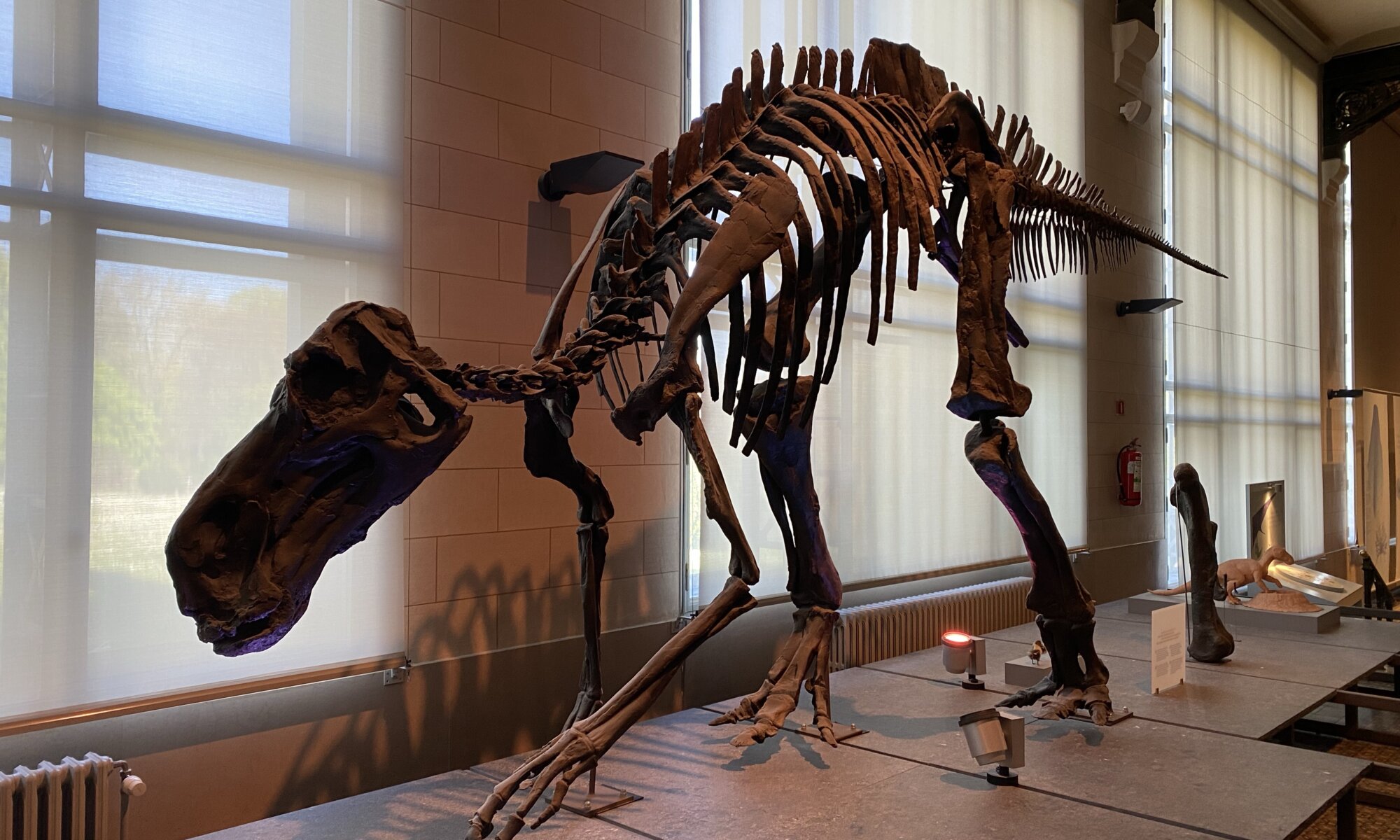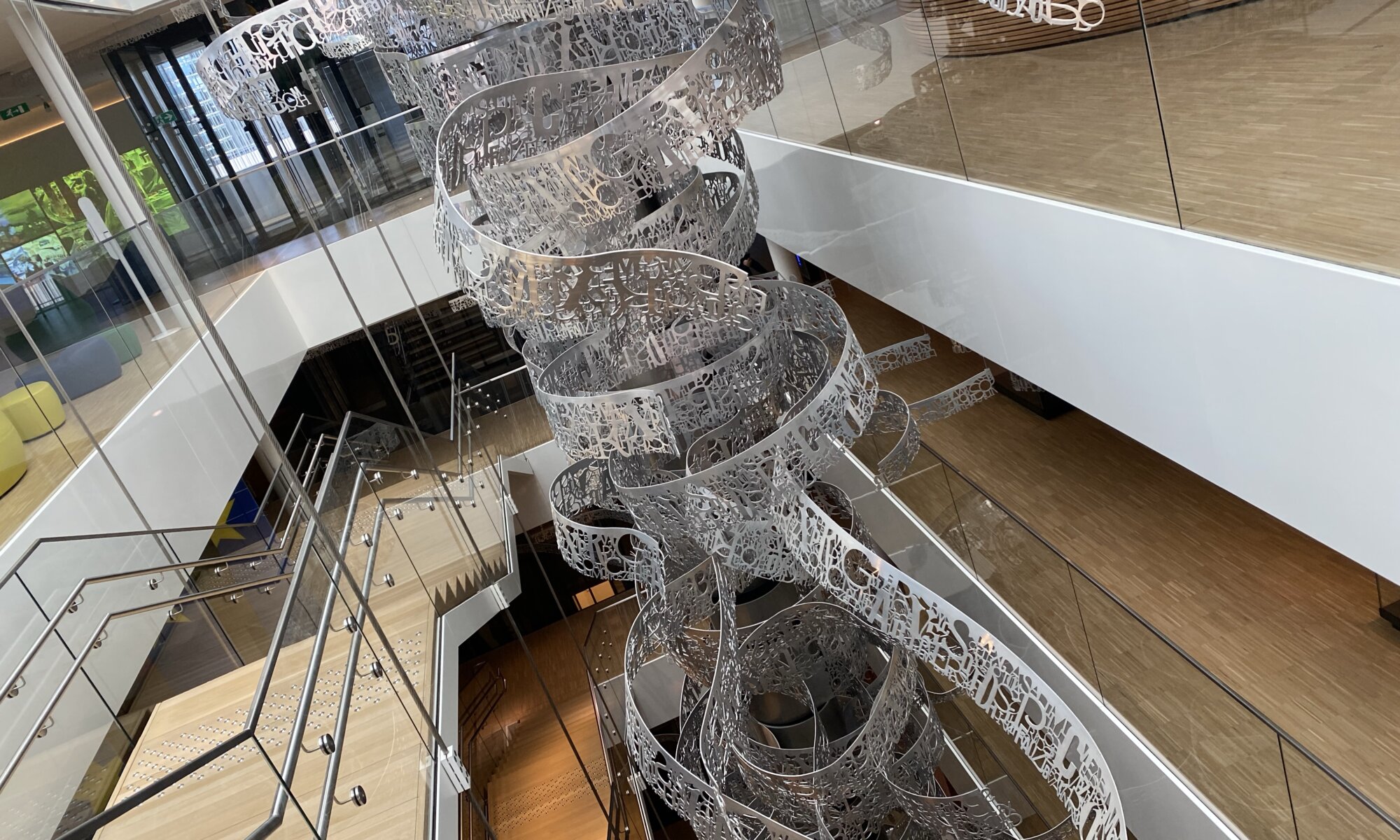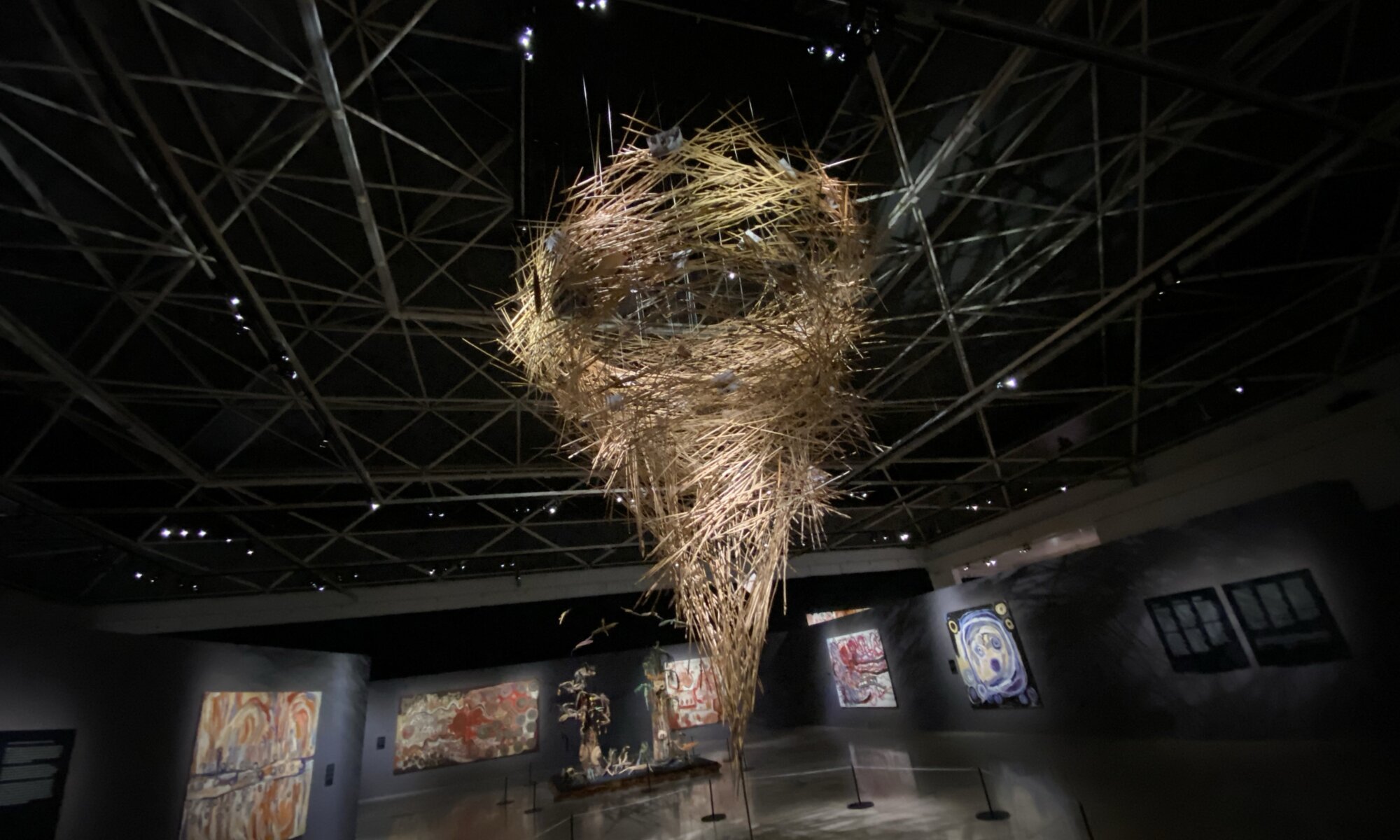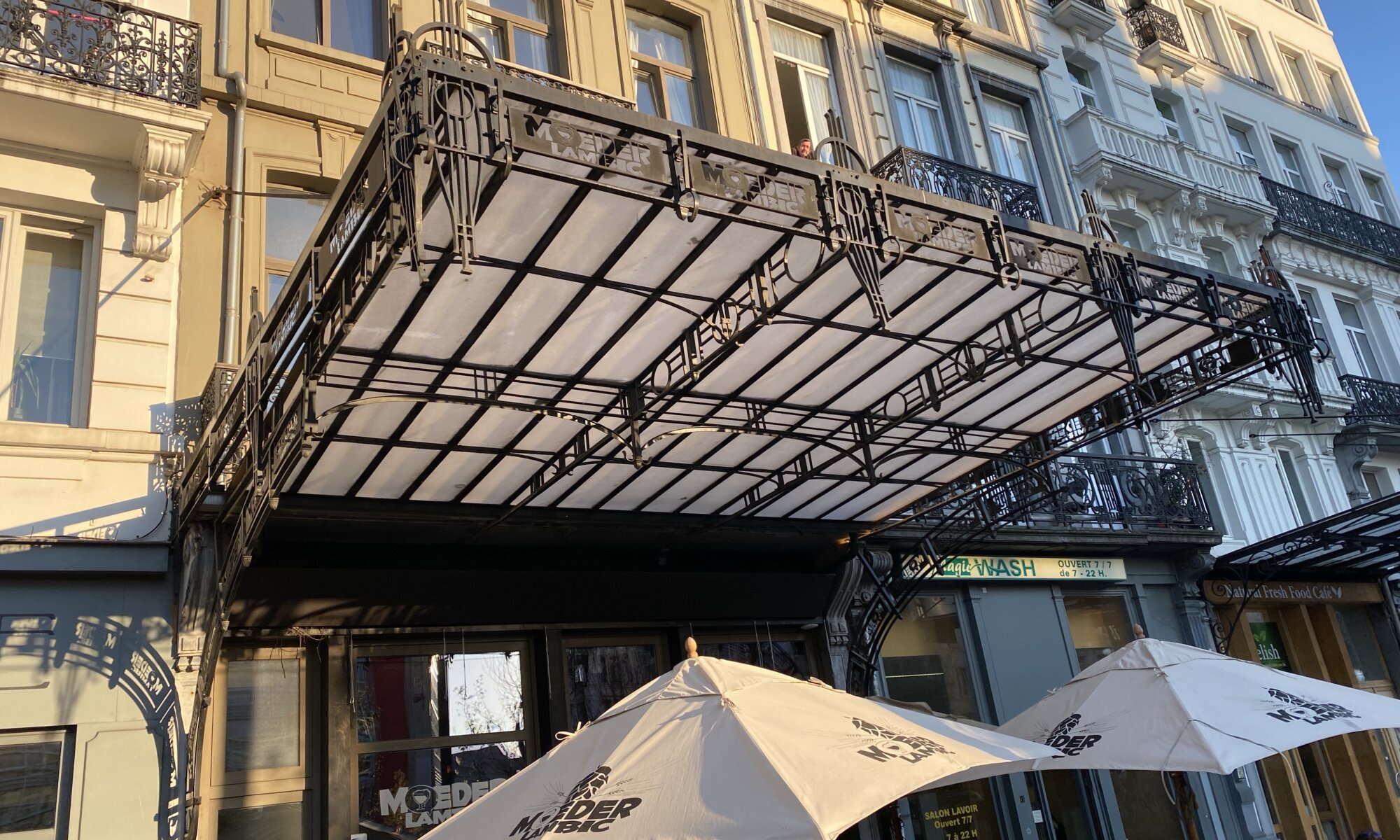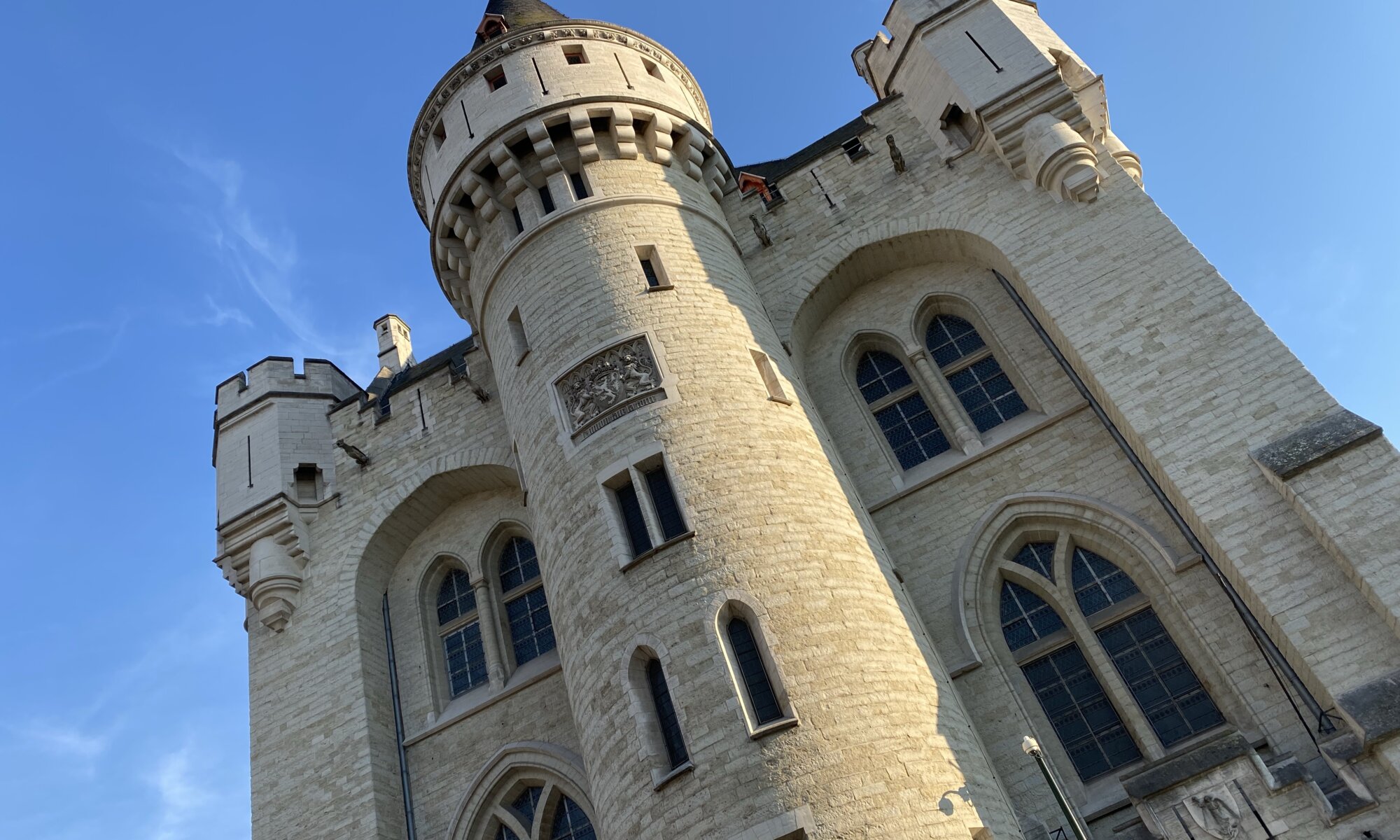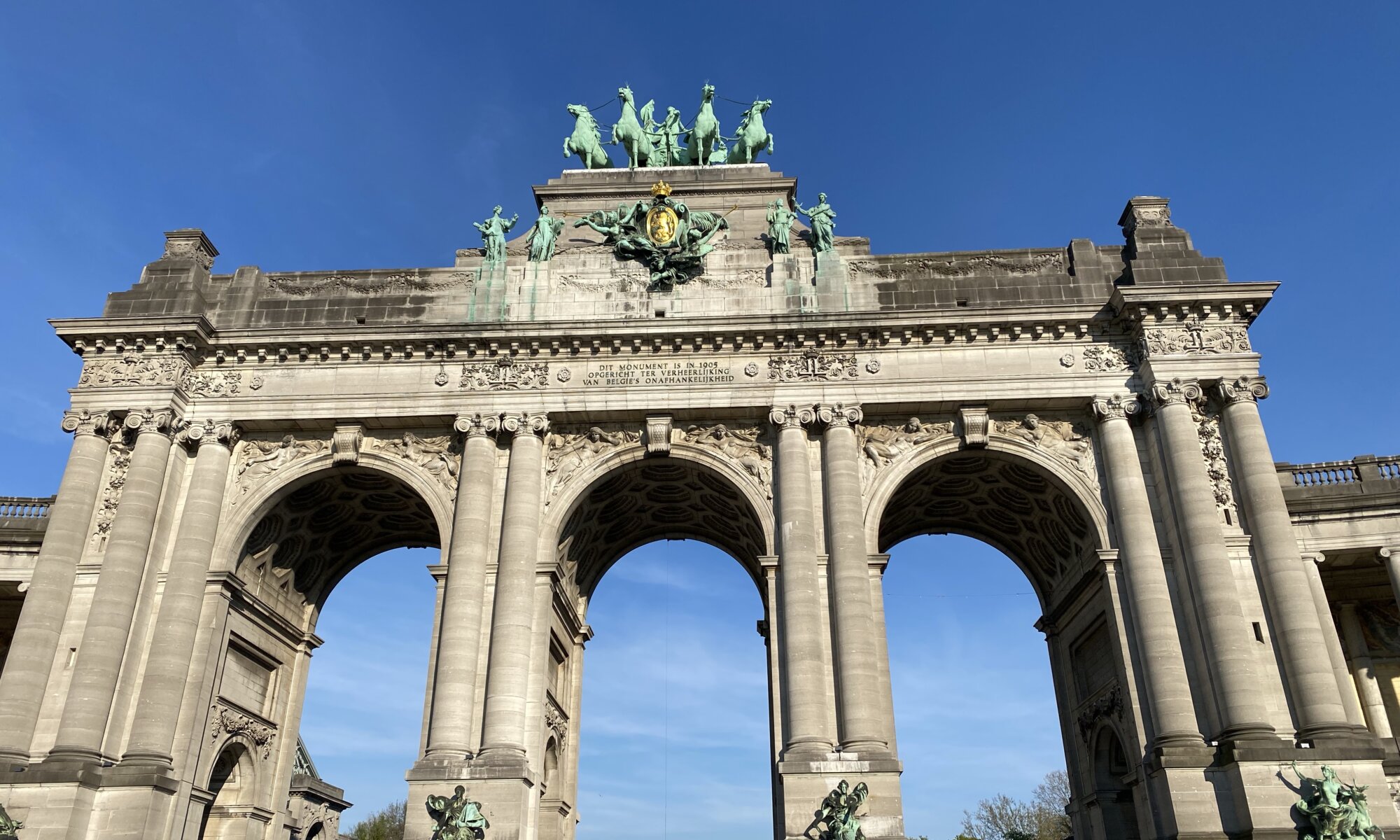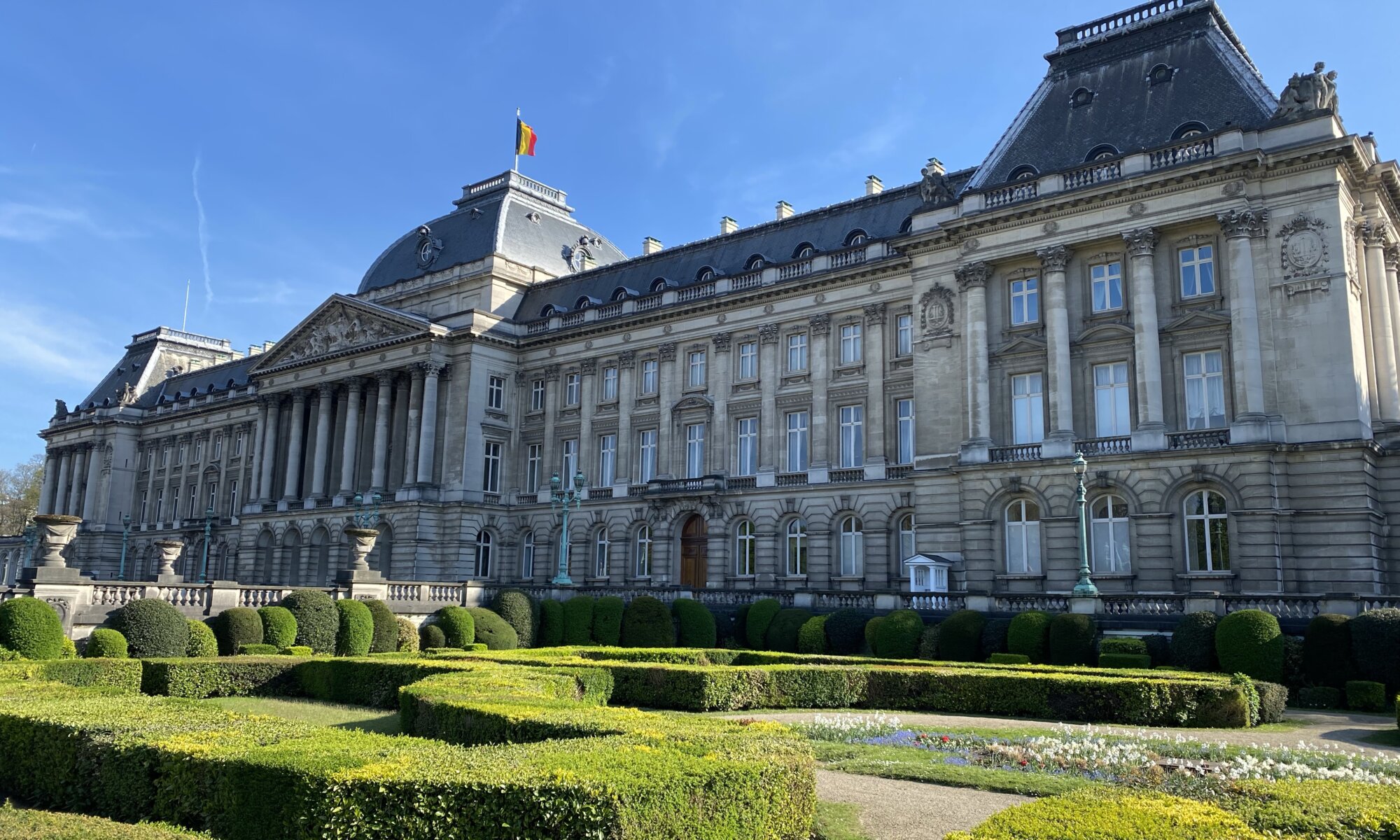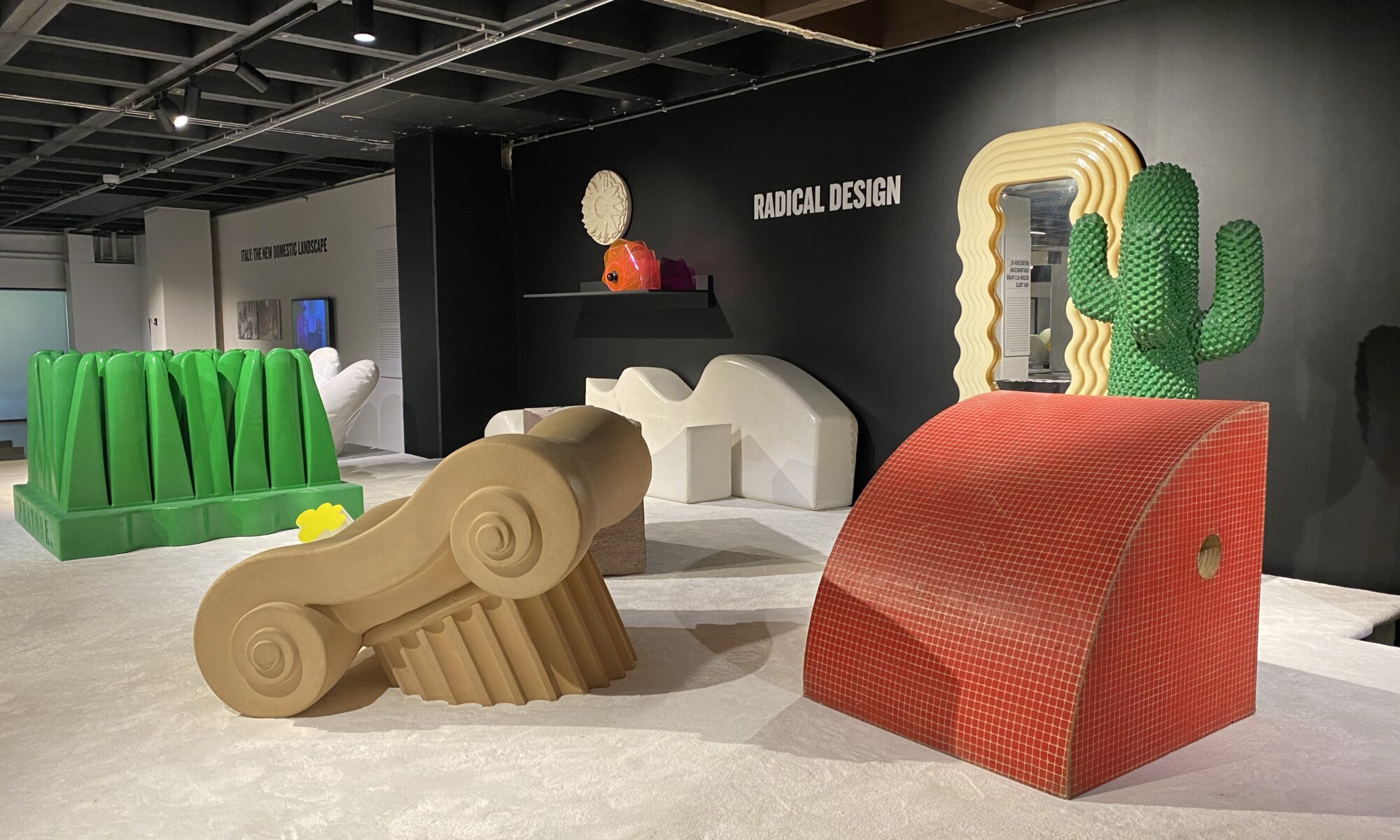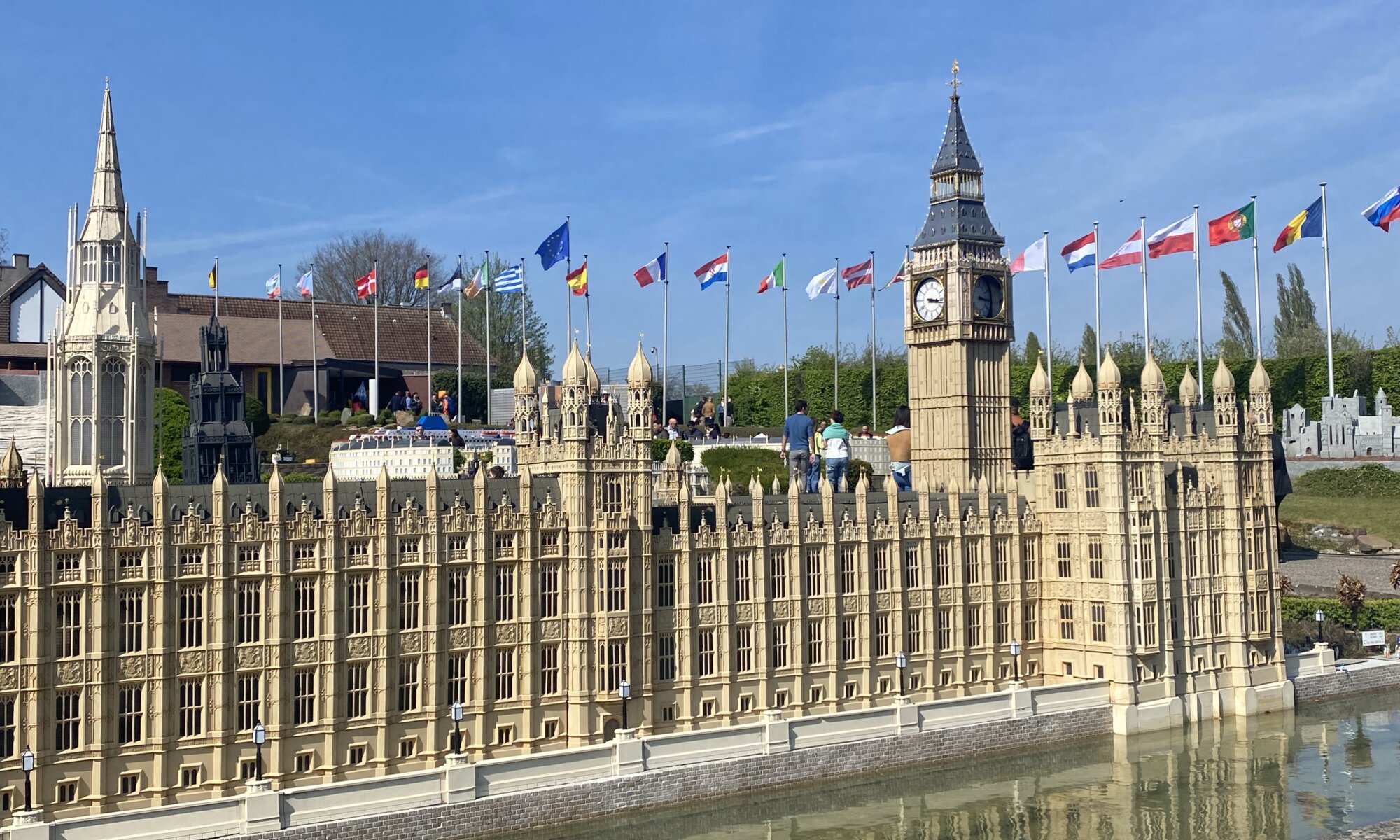If you need to survive a rainy day in Bruxelles, the Musées royaux des Beaux-Arts de Belgique can be your safe harbor. Located at the Koningsplein it offers you a combination of wonderful museums that our interconnected: just buy a ticket and switch in underground passages between the Musée Magritte, the Musée Old Masters and the Musée Fin-de-Siècle. After the Belgian independence king Lépold I. wanted to create a museum about Belgian artists; the current museum building was opened in 1887.
Continue reading “Museum cluster”Dinosaurs
The natural sciences museum of Bruxelles dates back to the 18th century and is located near the Parc Léopold in the European quarter. With 38 million of items, it is one of the largest collections in Europe and the exposition area focusses on giving insight to the masses. Main topics are the human body, biodiversity in everyday life and mostly: dinosaurs. Yes, all the kids love them, and they seem to be the gateway drug into natural sciences.
Continue reading “Dinosaurs”House of European History
Since 2017 you can find the House of European History in the European Quarter of Bruxelles. It focusses on the older and newer history of Europe as a continent and strives to present a historic line for all states on European ground. The museum starts with the definition of Europe, leads through the central struggles of the last centuries, and ends with current developments and conflicts.
Continue reading “House of European History”Musées royaux d’Art et d’Histoire
The royal museums for art and history at Bruxelles is a combination of state museums including the Art & History Museum at the Parc du Cinquantenaire (Jubelpark), the Porte de Hal, the Musical Instrument Museum in an art nouveau building and the Museums of the Far East located at Laken. The flagship is the giant Musée Art & Histoire (formerly called Musée du Cinquantenaire) which is one of the largest art museums in Europe.
Continue reading “Musées royaux d’Art et d’Histoire”Moeder Lambic
The Moeder Lambic is one of these fantastic Belgian beer bars with two locations in Bruxelles. The one close to the city center extends in summertime to the Place Fontainas in front of the bar – a perfect outdoor location on hot days. The list of available beers is long, but you shouldn’t worry: You can’t take a wrong decision here and the friendly staff assists you well. Blame me, but the Kriek Framboise (raspberry-flavored beer) is always a good option.
Continue reading “Moeder Lambic”Porte de Hal
In medieval times the city of Bruxelles was protected by massive stone walls. The first walls were created in the 13th century, but the city was growing so fast that they were removed, and new ones were built in 1356 CE. These walls were eight kilometers long and fortified with seventy-two towers as well as eight gates named after the cities that could be reached through them.
Continue reading “Porte de Hal”Celebrating independence
One of the most beloved gardens of Bruxelles is the Parc du Cinquantenaire (or Jubelpark). It can be found close to the European Quarter in the East of the city and offers a massive amount of space, long paths for strolling and jogging and three museums: the Art & History Museum, the AutoWorld and the Musée Royal de l’Armée. Most dominant item is the Monument du Cinquantenaire, a giant triumphal arch visible already from far away.
Continue reading “Celebrating independence”Palais royal
The Koninklijk Paleis at the southern end of the Parc de Bruxelles is the royal residence and the official palace of the king of the Belgians – even though the royal family is living at the palace of Laeken. The Neo-Baroque style palace is used to welcome guests of state. It also contains a museum about the monarchy, and you can visit the palace on weekends and during the holiday season when the monarchs are ‘out-of-office’.
Continue reading “Palais royal”Life in plastics
Between the exposition area of Bruxelles and the Atomium you can find a special museum dedicated to the design of things. The Design Museum is a wide collection of everyday items made from plastics: chairs, tables, TVs and much more. Even radical approaches towards common items are presented here and contribute to the fun. Additionally, there is a gallery exhibiting items from Belgian designers and changing exhibitions.
Continue reading “Life in plastics”Touring Europe
Visiting the European countries has never been so easy: Since 1989 you can find the Mini-Europe (within Bruparck) next to the Atomium. It exhibits well-known European places in scale 1:25 and a round-course leads you through the eighty cities sorted by country. The initial invest of ten million Euros was done by the royal family of Belgium. There couldn’t be a better place for an exhibition of Europe than Bruxelles which also gives home to important institutions of the European Union.
Continue reading “Touring Europe”